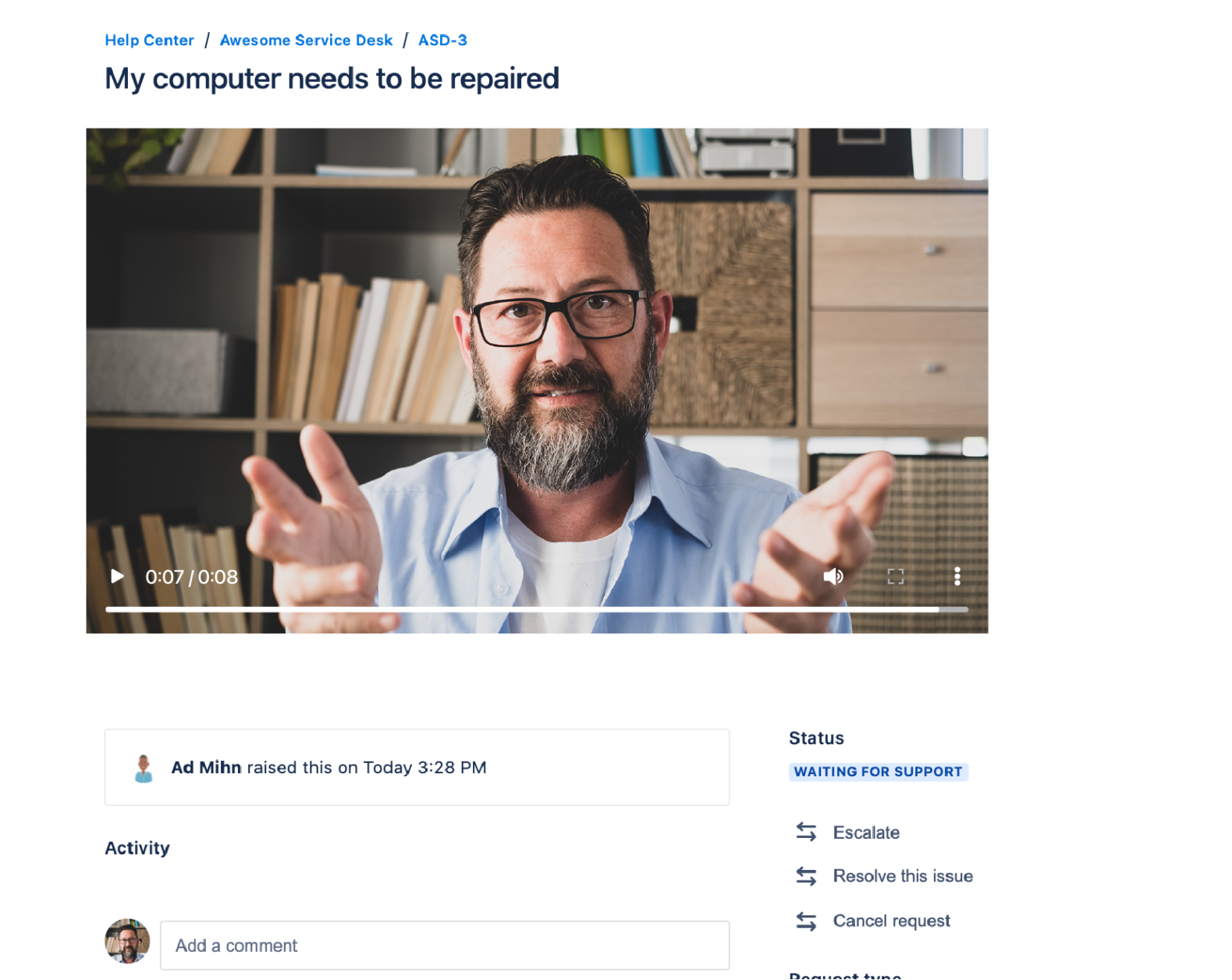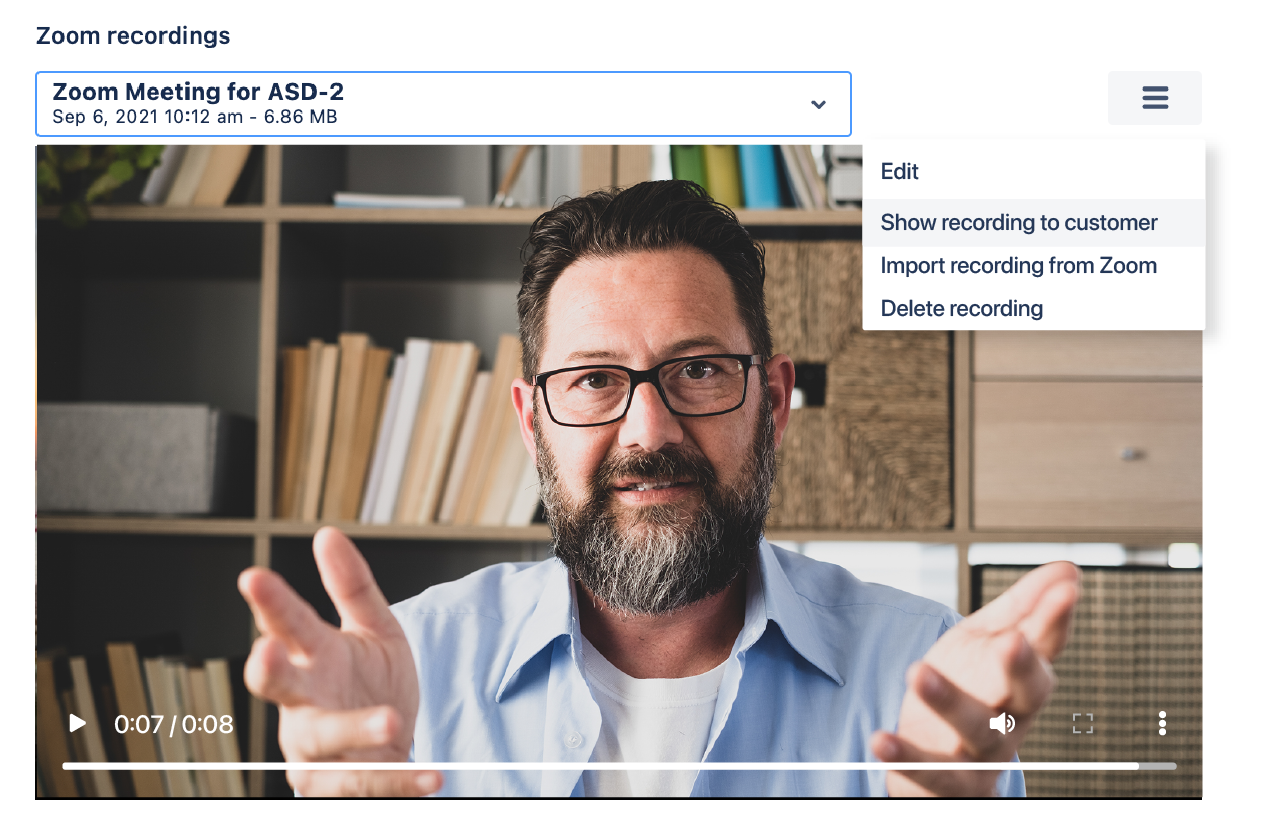
Short Videos in Jira:
Issue Types and Use Cases for Visual Briefing
Attaching short videos to issues in Jira is a great way to brief colleagues and collaborators on what needs to be done. This white paper discusses video briefs in Jira and reviews use cases where video briefs are especially useful. Spoiler alert: it’s about giving visual feedback!
It's time for video communication in Jira
There are many different scenarios where video briefs are particularly helpful.
For example, if you have an issue that needs multiple steps, video is a great way to show them. When a task is particularly complex or difficult to explain in writing, a video brief is better to provide context and visual aids. Typing takes time, and texts are harder to remember than a video! Or perhaps you simply want to add a personal touch to a ticket with a customer — a video can be a great way to do that. In the end, videos include a lot of nonverbal communication. Want to give kudos? Don’t do it with a cold note!
This meeting should have been a video
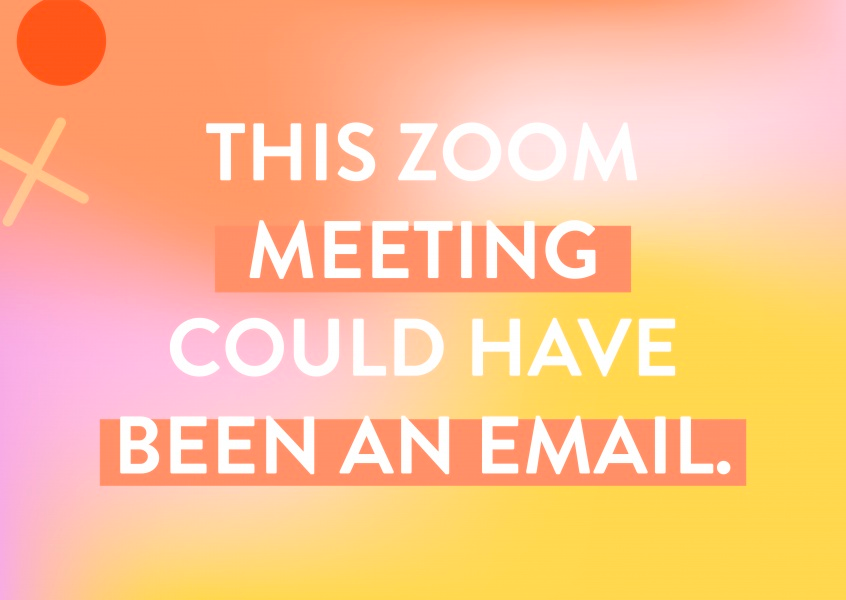
Giving visual feedback asynchronously is also a great way to save time and avoid scheduling. It’s well known that remote work has translated into back to back meetings on every weekday for many professionals, including Product Managers. The “this meeting should have been an email” complaint is quickly turning into a call for change. Let’s turn meetings into videos!
Improving collaboration culture
Poorly documented issues are one of the main reasons why teams fail to use Jira. It’s not rare to see issues with no descriptions and with poor summaries. And the main reason for that is that the reporter is in a rush to get the issue done. That person doesn’t understand how important it is to spend precious time typing out everything that has to be known.
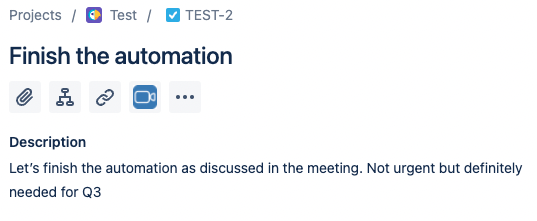
When the assignee picks up the issue, he should be capable of completing the task without making additional questions. If that’s not the case, then something is wrong with the issue. The reporter didn’t do a good job at providing all the necessary information.
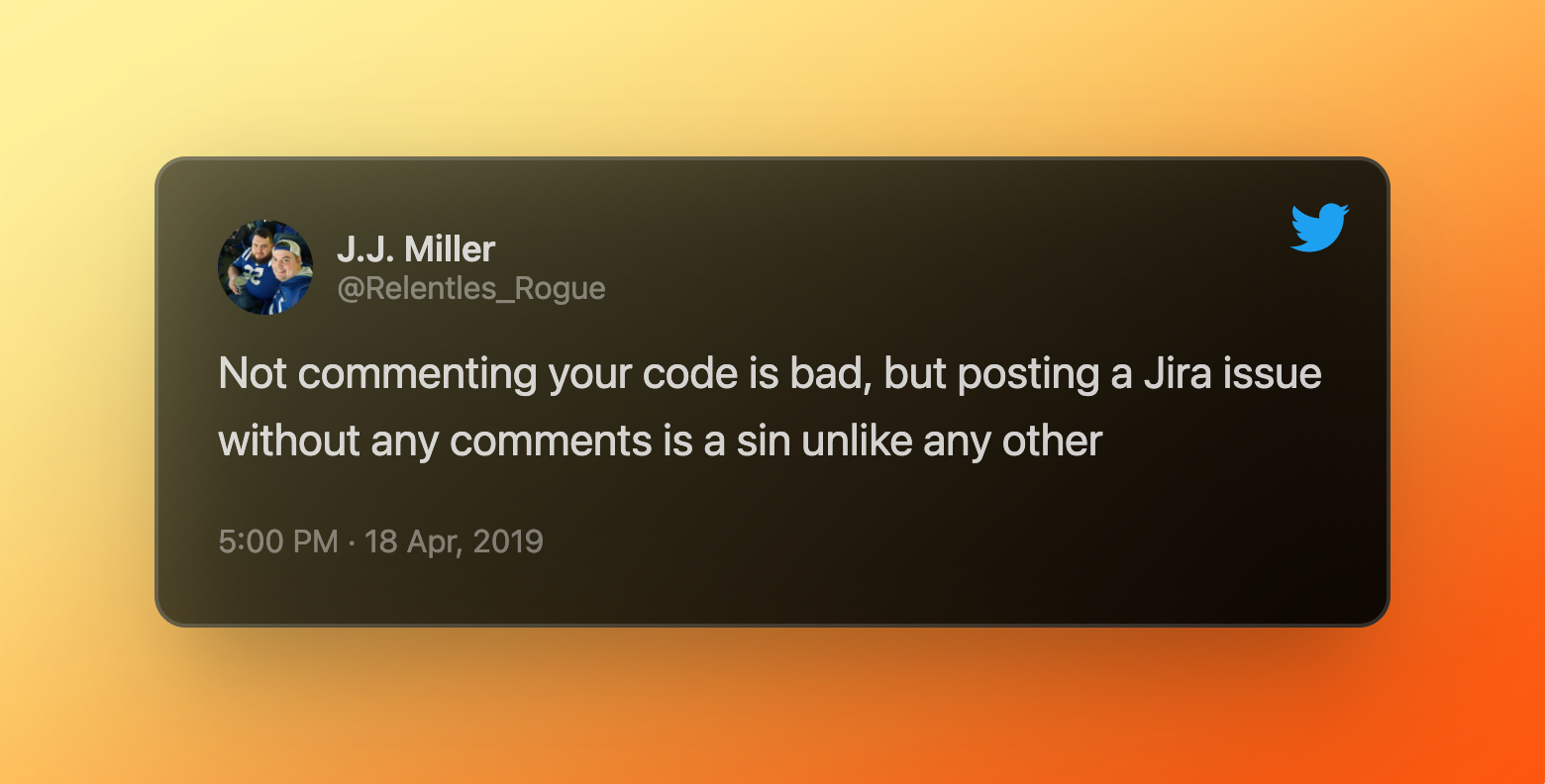
A video brief can help to avoid those problems by allowing reporters to quickly show what they’re seeing and explain the problem in their own words without having to worry about typos or forgetting important details.
Issue types that should include a video
There are several types of issues that can benefit from a video brief.
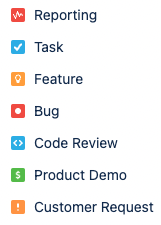
Technical task: as a software engineer, I want to be able to understand what needs to be done and why, without ambiguities and false assumptions.
Reporting: As a business stakeholder, I can ask to include some KPIs and metrics in the team dashboard. This issue type is quite broad and can encompass a lot of different actions. For example, a marketing manager can ask a colleague to create a tag with Google Tag Manager for a specific campaign.
Bug report: as a QA engineer, I want to be able to see the problem so that I can recreate it.
Customer request: as a support agent, I want to be able to understand the customer’s problem in their own words and see it in their own instance so that I can help them.
Feature request: as a product manager, I want to be able to see how the feature should work so that I can understand what needs to be built.
Code review: as a lead developer, I want to be able to see the code changes so that I can provide feedback. And, in turn, I can provide that feedback in video.
We include a short video in our code reviews to answer the question “How does this code surface to the user“ before any of the code is actually reviewed
Vinay Hiremath, Loom CTO and Co-Founder
Product demo: as a sales person, I want to record product demonstrations so that I can share them with the customers. Also, I may want to document them for my entire team in case anyone wants to learn to give demos like me.
Releases and new features: as a product manager, I want to be able to show the new feature to marketing and sales so that they understand how it works and can better support the launch.
In each of these cases, a video brief can provide more information than a written description, and can do so more quickly and efficiently. It’s quicker to record video messages of your screen, camera, or both than to write an email or meet in person. And when the video is directly embedded in Jira, you don’t have to worry about distribution.
Documenting meetings with Zoom recordings
A video recording of a meeting can be a great way to make sure everyone is on the same page and no important details are missed. And when those recordings are stored in Jira, they become part of the knowledge base of your company.
Agile teams often find it useful to document and record retrospectives, backlog grooming sessions, as well as prioritization sessions. Product Marketing Managers record their interviews with customers.
With a long meeting, accessibility means three things: recording the session, storing it so that the team can easily find it, and structuring the recording so that important information can be reviewed without watching the entire recording. Otherwise, nobody will care to watch.
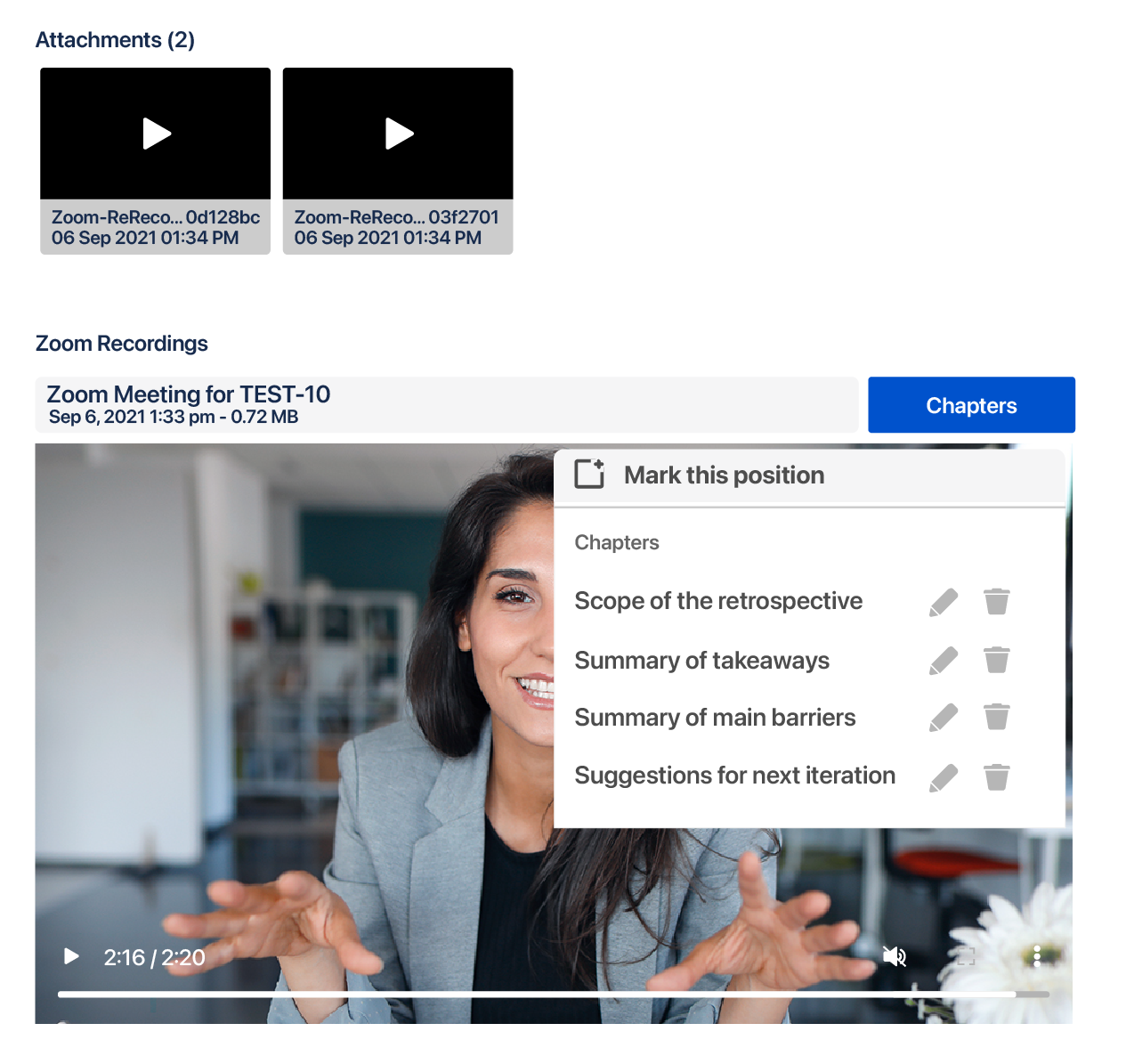
Zoom is one of the most common tools for having these meetings remotely.
Attaching Zoom meeting recordings manually can be cumbersome, as the file sizes are usually over 50 MBs and your Jira configuration may have a lower limit for attachments.
However, tools like Zoom Jira Plugin can integrate both applications, allowing users with a paid plan to store their Zoom recordings from the cloud without moving away from Jira. This would satisfy the three accessibility criteria:
- the meting is recorded
- the recording can be found within the Jira issue
- the recording includes chapters that give quick access to key moments.
Creating video notes with Zoom from a Jira issue
With this setup, Zoom can also be used to make short video notes that are directly stored within the issue.
To do so, you simply need to start a new Zoom meeting from your selected Jira issue. Imagine that I want to give feedback on the design of a partner award badge.

- First, I open the issue where my colleague has shared the badge
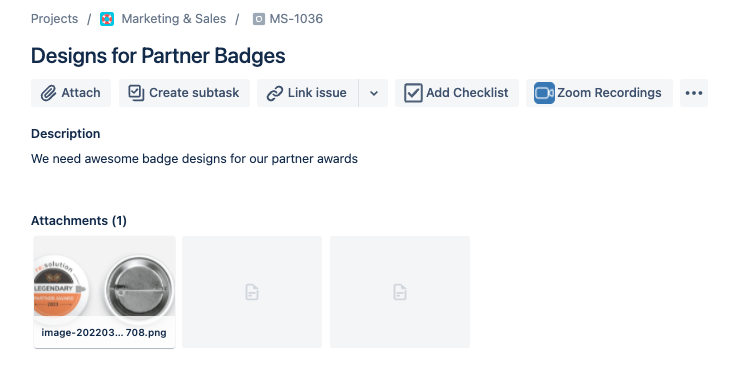
From the issue, I click on the Zoom icon on the right panel
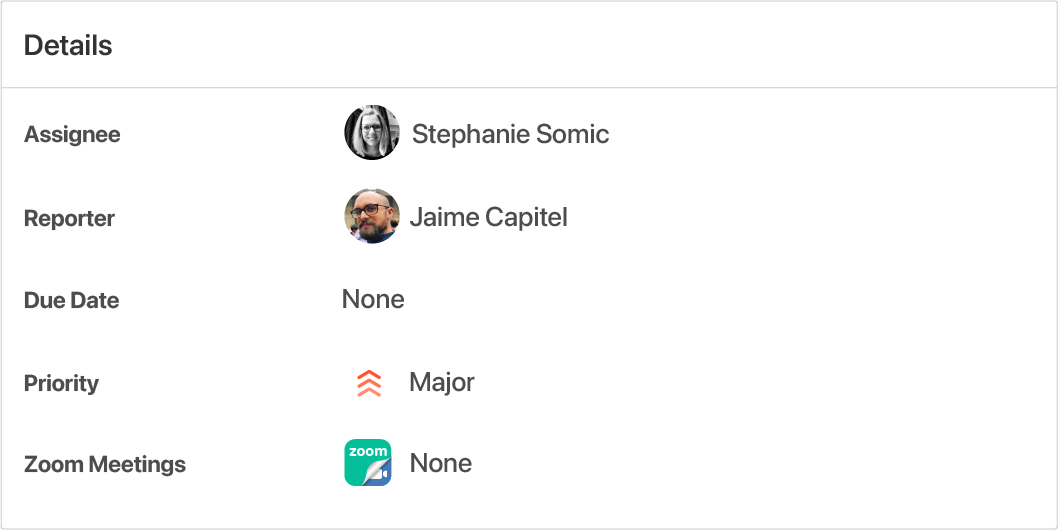
- Make sure that the “auto record” option is unchecked.
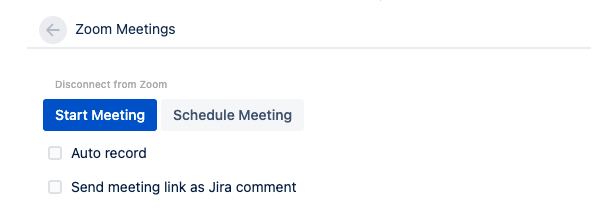
- Click on “start meeting”.
- Finally, once I’m ready to go over the badge, I share my screen and click on the record button in Zoom
Sharing Zoom videos with customers in Jira Service Management
In Jira Service Management, it’s common to start with written communication to then move things to a meeting. Usually, this meeting includes a screenshare session where the support specialist helps figure out the customer’s problem.
In some cases, it can be helpful to share a recording of that screenshare with the customer. This gives them a chance to review what was discussed and also have a permanent record in case they need to reference it later or share it with someone else on their team.
Sharing recordings with a customer with resolution’s Zoom Jira Plugin is really simple. Once your recording is imported, click on the hamburger menu and select the option “show recording to customer”.
How to make great video briefings
Now that we’ve gone over some of the reasons why you would want to use videos in Jira, let’s talk about how to make great video briefings.
When recording your video, there are a few things you should keep in mind:
- Don’t improvise. Jot down a few notes to make sure you know what you need to say and don’t miss anything.
- Give context and background. Don’t assume whoever’s watching knows what you know.
- Combine video with text. If there’s any code, quotation, or specific instruction that must be used verbatim, make sure to have it in the issue description as plain text so that it can be copied and pasted.
- Keep it short– under three minutes is ideal, but shorter is better.
- Share your screen whenever that’s needed – but not for too long! Watching a screen when it’s irrelevant will prevent the watcher from being focus when you are showing what’s important.
Conclusion
Video is the new face to face, and making video in 2022 is as important as writing clearly. This is not only true for tiktokers: it’s also true for every modern team. When you start using asynchronous video, the number of meetings will go down to what’s actually essential. And the quality of your collaboration in Jira will soar!



